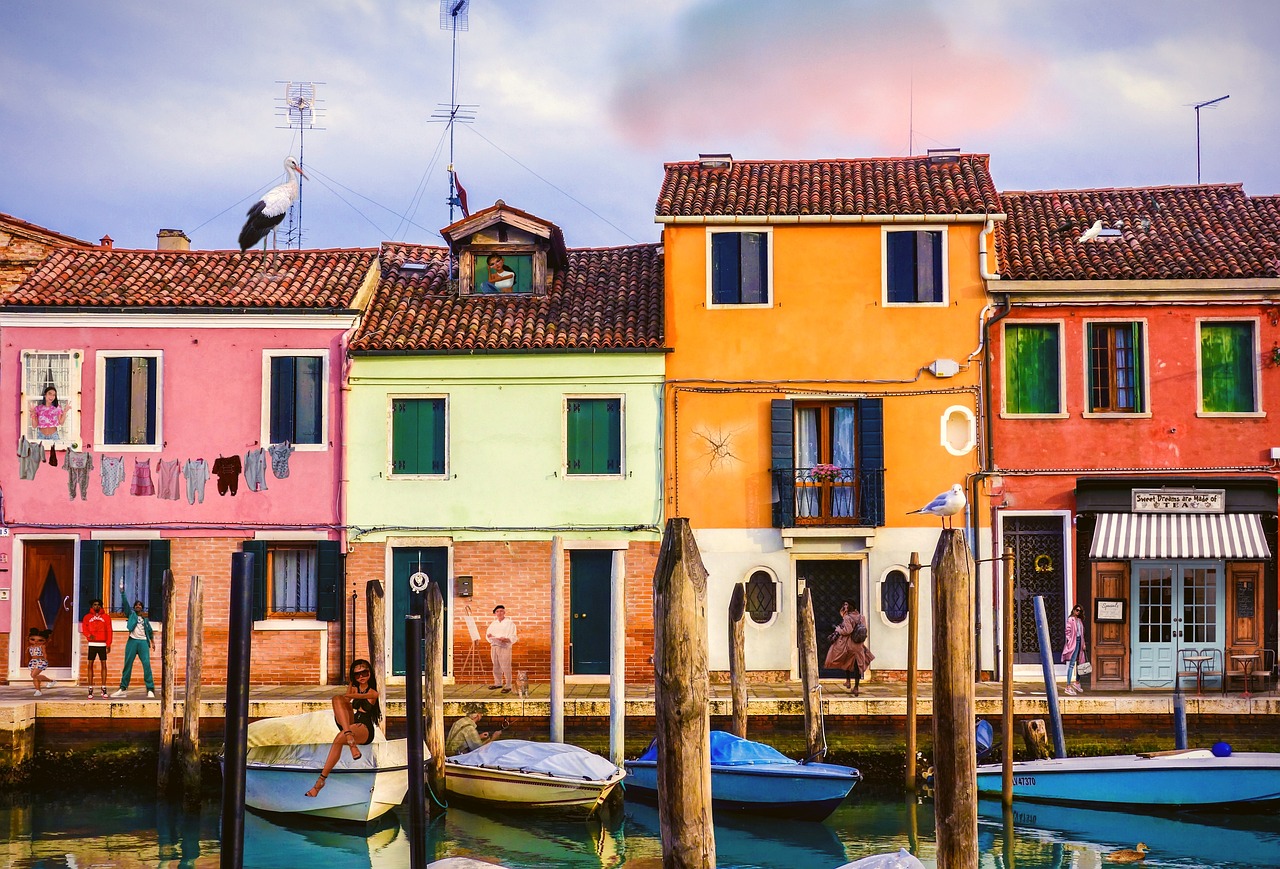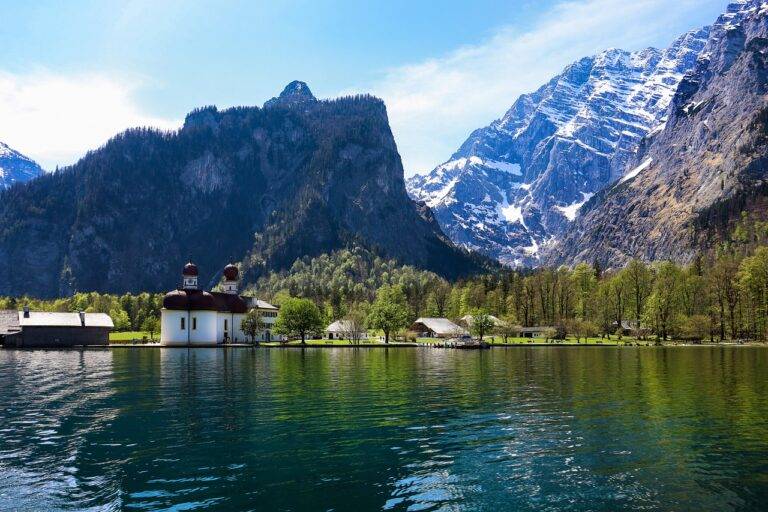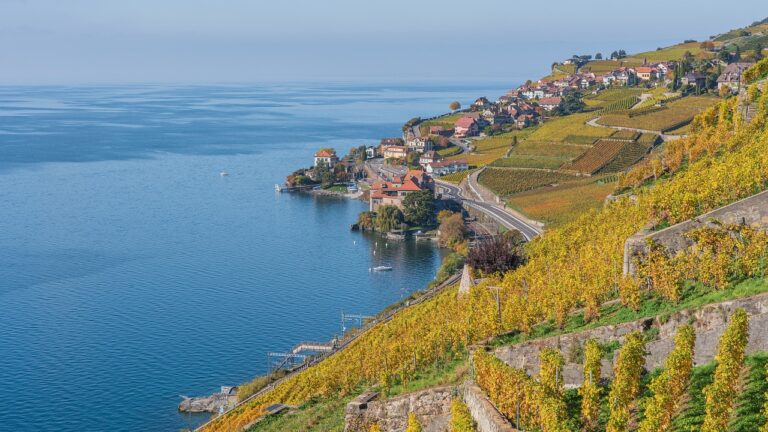Traveling for Bioluminescent Phenomena: Witnessing Nature’s Glow in Coastal Waters
Bioluminescence is a fascinating natural phenomenon that occurs when living organisms produce and emit light. This light emission is a result of a chemical reaction within the organism, typically involving the enzymes luciferase and luciferin. When these molecules react with oxygen, they produce light without generating heat, creating a mesmerizing glow that can be seen in various marine creatures like jellyfish, algae, and certain fish.
The process of bioluminescence is governed by a series of intricate biological mechanisms that vary among species. Some organisms use this light as a defense mechanism to deter predators, while others use it for communication, mating displays, or to lure prey. This unique ability to produce light sets bioluminescent organisms apart in the marine world, allowing them to thrive and survive in the depths of the ocean where sunlight does not reach.
Best locations to witness bioluminescent phenomena
As the sun sets and darkness envelops the coastal waters, magical bioluminescent displays come to life in various parts of the world. One of the best locations to witness this natural phenomenon is the Mosquito Bay in Vieques, Puerto Rico. Here, microscopic organisms called dinoflagellates light up the water, creating a stunning glow-in-the-dark experience that captivates visitors.
Another mesmerizing spot to witness bioluminescence is the Gippsland Lakes in Australia. The waters here are teeming with bioluminescent plankton, particularly in the summer months, providing a spectacle unlike any other. Kayaking through these glowing waters under the starry night sky is a truly enchanting experience that should not be missed.
The science behind bioluminescence in coastal waters
Bioluminescence in coastal waters is a fascinating natural phenomenon that has captivated scientists and researchers for centuries. This mesmerizing display of light produced by living organisms occurs due to a chemical reaction within their cells. The process involves a light-emitting pigment called luciferin, an enzyme known as luciferase, and oxygen.
When the luciferin reacts with the luciferase in the presence of oxygen, it produces light without generating heat, resulting in the characteristic glowing effect seen in bioluminescent organisms. This process is highly efficient, with almost 98% of the energy produced being emitted as light. The exact mechanisms behind bioluminescence vary among different species, each with unique adaptations that enhance their ability to create light in the dark depths of the ocean.
What is bioluminescence?
Bioluminescence is the production and emission of light by living organisms.
How does bioluminescence occur?
Bioluminescence occurs through a chemical reaction within the organism that involves the enzyme luciferase and a light-emitting molecule called luciferin.
What are the best locations to witness bioluminescent phenomena?
Some of the best locations to witness bioluminescent phenomena include coastal areas with high concentrations of bioluminescent organisms, such as the Maldives, Puerto Rico, and the bioluminescent bays in Jamaica.
What is the science behind bioluminescence in coastal waters?
The science behind bioluminescence in coastal waters involves the adaptation of marine organisms to produce light as a form of communication, defense mechanism, or to attract prey. The chemical reaction that takes place to produce this light is a fascinating process that has evolved over millions of years.





